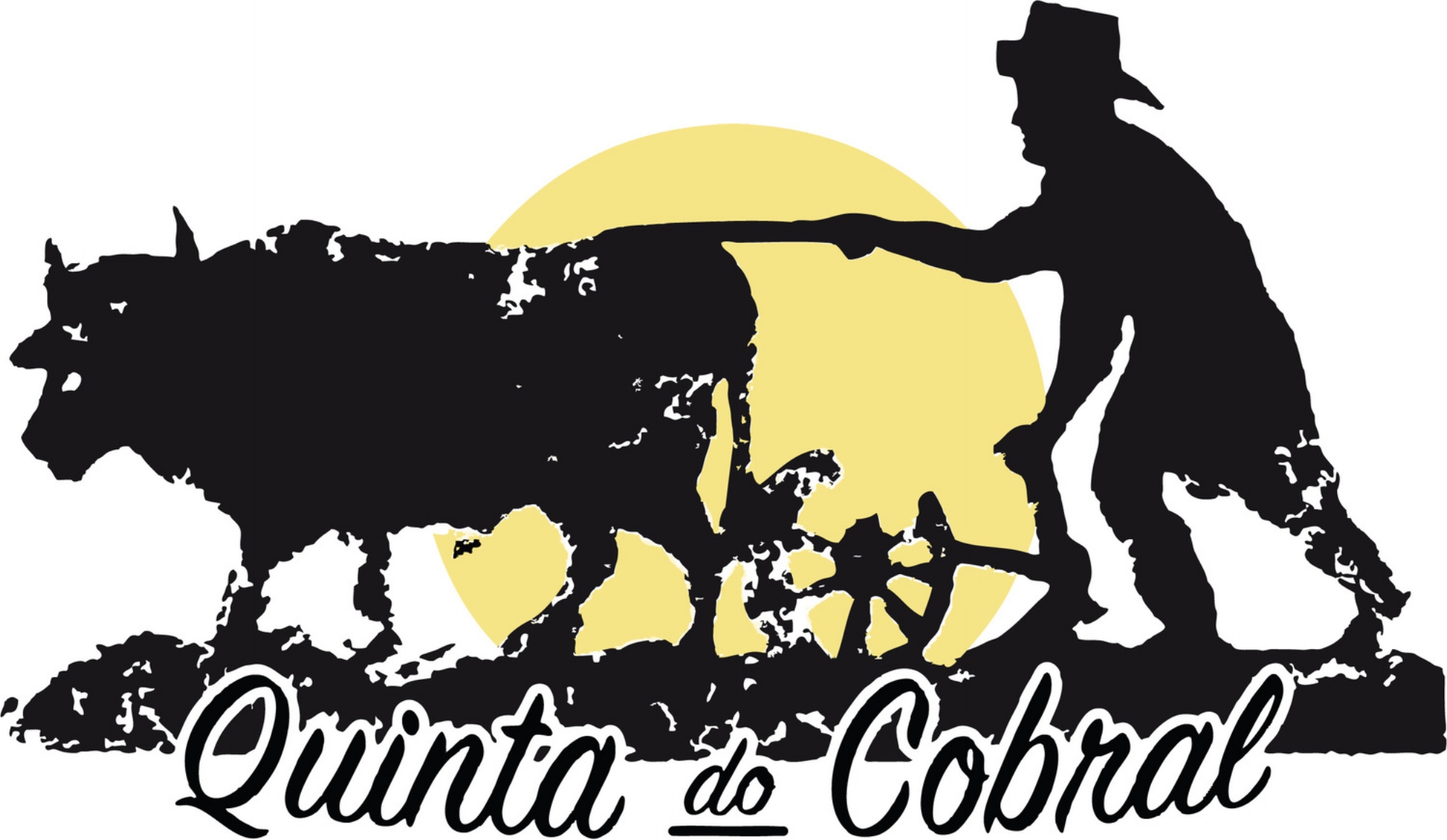The Mysterious Miscaros Mushroom
If it rains in early Autumn the mushrooms around our Quinta are amazing, very varied and many are worth eating. On an early morning dog walk it is not uncommon to see mushroom hunters at work (usually women). My very lovely neighbour Sao has a funny little tool that she always takes with her, its got points at one end and a small blade at the other and two years ago I finally got her to show me where to find the much adored Miscaros mushrooms otherwise known as Man on Horseback (Tricholoma equestre) and how to pick them. they are recognised by their yellow to yellowish brown cap and yellow notched gills, they are a really robust mushroom and can be scrubbed when you get them home which is a good thing as they are usually covered in gritty sand and mud. They are also rather mysterious being slightly subterranean, they don't really fully come out of the ground, hence the special tool for grubbing around the bases of pine trees, scraping away the moss and pine needles in the hope of finding these little gems. This is a picture of my first ever haul!
The Portuguese LOVE them and I mean really love them, they are available to buy in the shops in our area of the Beira region but cost a lot of money so finding your own to help supplement the diet during the cold winter months is really important. It seems to me that many Portuguese people in our area are very suspicious of most wild mushrooms and only pick the Parasol mushroom and the Miscaros, mention eating any others and they are really quick to tell you that they are all poisonous and will kill you, why then do they eat the Man on Horseback?
Concern has been raised firstly in southwestern France as people have been poisoned and died as a result of eating this mushroom but now further afield and if you read about these mushrooms in the more modern guides and books as well as articles on line some consider it to be deadly poisonous!
I found this useful information here http://tcpermaculture.com/site/2013/07/17/seventy-distinctive-mushrooms-part-two-11-20/
How can a mushroom that has been eaten, and prized, for so long suddenly start killing people?
– It could be that people were dying from this mushroom for a long time, but it was though to be something else… the people who died from this mushroom got sick 3-4 days after ingestion.
– It could be that the poisoning was wrongly attributed to this mushroom… this is unlikely, as I found the medical journal articles discussing these poisonings, and the mushrooms were reported to be positively identified.
– It could be that the people had allergic reactions and not a “poisoning”… again, unlikely, as these patient had well documented poisoning, not allergic reactions.
– It could be that only some people react to a compound in this mushroom while others do not… this is possible, as the specific toxin has not been identified.
– It could be that sometimes this mushroom produces a compound that is poisonous and sometimes it does not… this possibility is most worrisome, but also not likely.
– It could be that the mushroom produces a compound that is not significant when consumed in small amounts… very possible, as all the victims consumed three consecutive meals of the mushrooms; maybe our body just cannot handle too much of this compound
A very interesting problem and, I guess, one that you would have to decide on for yourselves - to eat or not to eat?
The Portuguese think of their favourite mushroom as one of the crown jewels of Portuguese cuisine, stewed, cooked with meat and/or rice they are eaten by everyone. There are festivals here celebrating mushrooms and one in Alcaide, which is quite near to us, that is just for the famous Miscaros. My choice is to eat them when I find them but only in small quantities and not every day. Its all academic at the moment as we have not had any significant rain here since May 2016 so mushrooms of all kinds are very thin on the ground!
What do you think? I would love to hear about your experience of eating this mushroom if you have.




